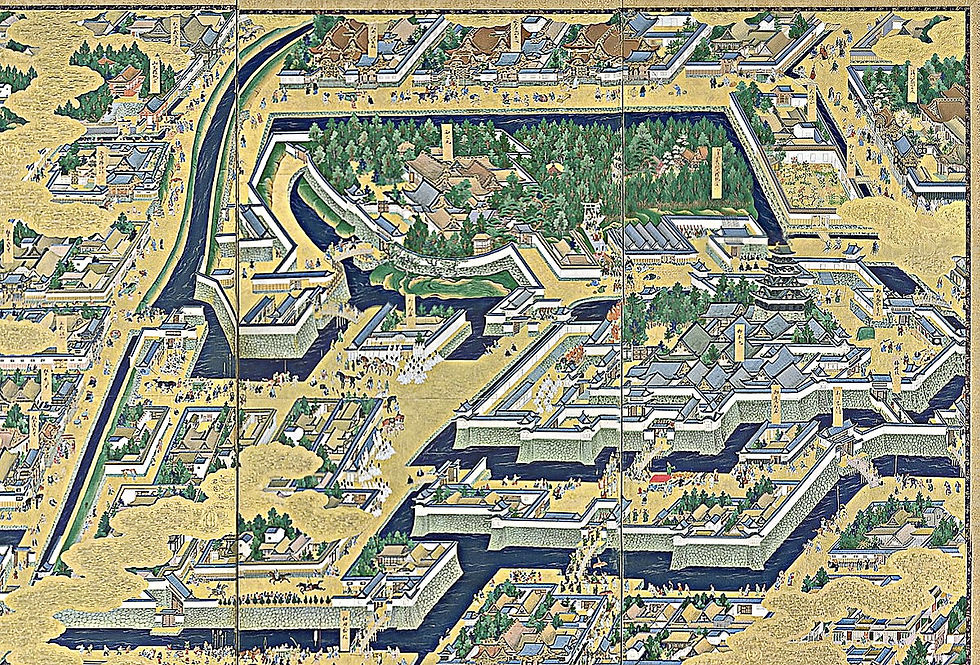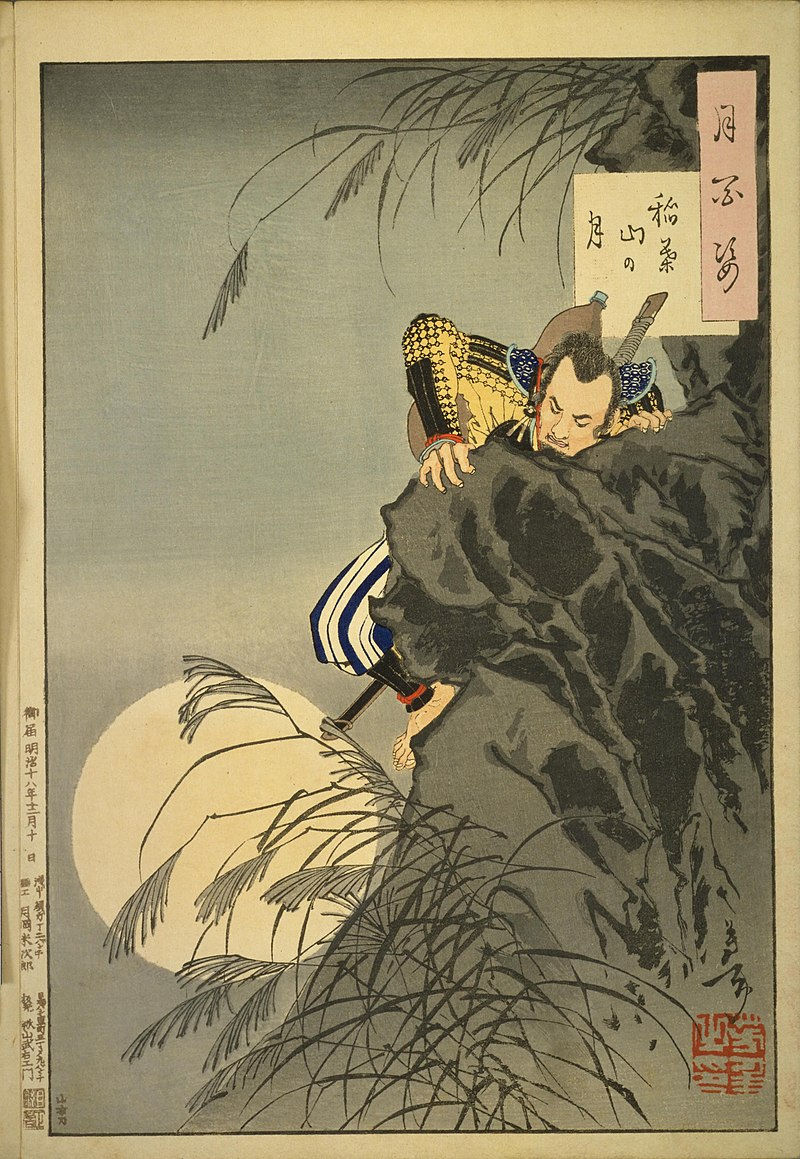Edo
- 2304583d
- Aug 4, 2024
- 2 min read

Edo (江戸) is the former name of Tokyo and served as the de facto capital of Japan during the Tokugawa shogunate from 1603 to 1868. The city played a pivotal role in Japanese history, transforming from a small fishing village into one of the largest cities in the world by the 19th century.
Historical Overview
Establishment and Early Development
Tokugawa Ieyasu: Edo's transformation began in 1590 when Tokugawa Ieyasu, who would later become the first shogun of the Tokugawa shogunate, established his headquarters there.
Edo Castle: Ieyasu built Edo Castle (now the Imperial Palace), which became the center of political power in Japan. The castle and surrounding town rapidly grew as Ieyasu consolidated his power. Capital of the Tokugawa Shogunate
Political and Administrative Center: When Ieyasu became shogun in 1603, Edo became the political and administrative center of Japan, although the emperor remained in Kyoto. The shogunate's rule is often referred to as the Edo period.
Urban Development: Edo's population exploded as samurai, merchants, artisans, and laborers moved to the city. By the mid-18th century, it had a population of over one million, making it one of the largest cities globally. Cultural and Economic Hub
Economic Growth: The city thrived economically, becoming a major commercial hub with bustling markets, shops, and businesses. The development of a robust road network, including the famous Tokaido road, facilitated trade and communication.
Cultural Flourishing: Edo was also a center of cultural development, with the rise of ukiyo-e (woodblock prints), kabuki theater, and other forms of entertainment and art. The city's merchant class, known as chonin, played a significant role in this cultural boom.
Key Features and Landmarks
Edo Castle: The heart of the city, surrounded by moats and extensive gardens, Edo Castle was the residence of the shogun and the administrative headquarters of the shogunate.
Yoshiwara District: A famous pleasure district in Edo, known for its entertainment, including theaters, tea houses, and courtesans.
Asakusa: Another significant area, known for the Sensō-ji Temple and its bustling market streets.
Transition to Tokyo
Meiji Restoration (1868)
The Edo period ended with the Meiji Restoration in 1868, which restored imperial rule under Emperor Meiji. The shogunate was abolished, and the emperor moved from Kyoto to Edo.
Renaming to Tokyo: Edo was renamed Tokyo, meaning "Eastern Capital," signifying its new status as the imperial capital of Japan. Modernization and Westernization
The Meiji government embarked on rapid modernization and westernization efforts, transforming Tokyo into a modern city with infrastructure, education, and industry based on Western models.
Cultural Heritage: Despite modernization, Tokyo retains many historical sites and cultural heritage from the Edo period, such as traditional festivals, crafts, and districts like Asakusa.
Historical Importance: Edo's legacy as the seat of the Tokugawa shogunate remains a crucial chapter in Japan's history, marking a period of peace, stability, and cultural flourishing.





Comments